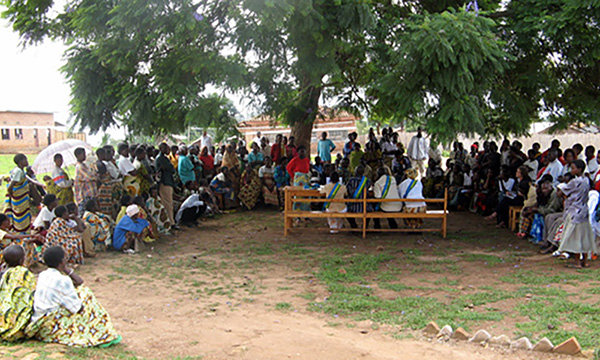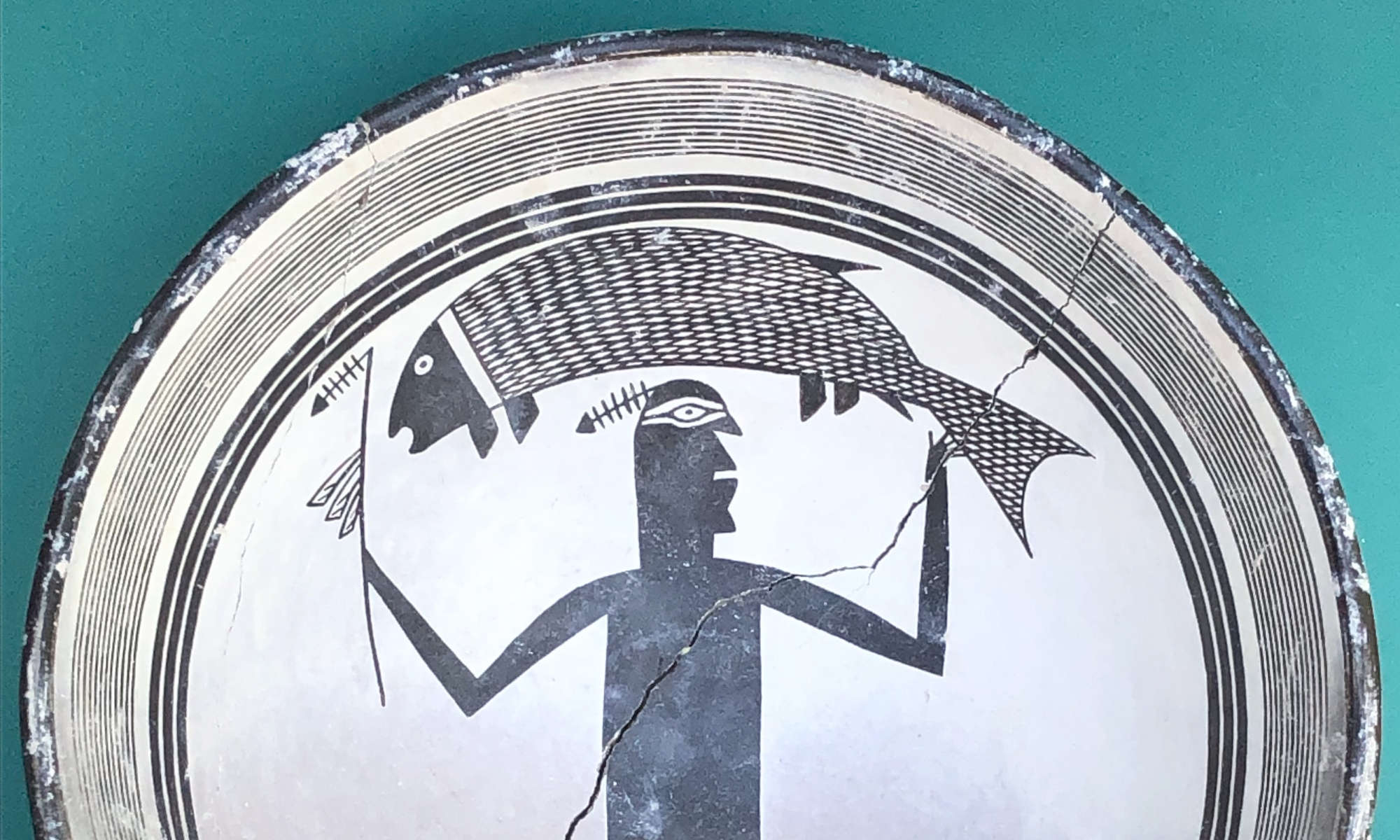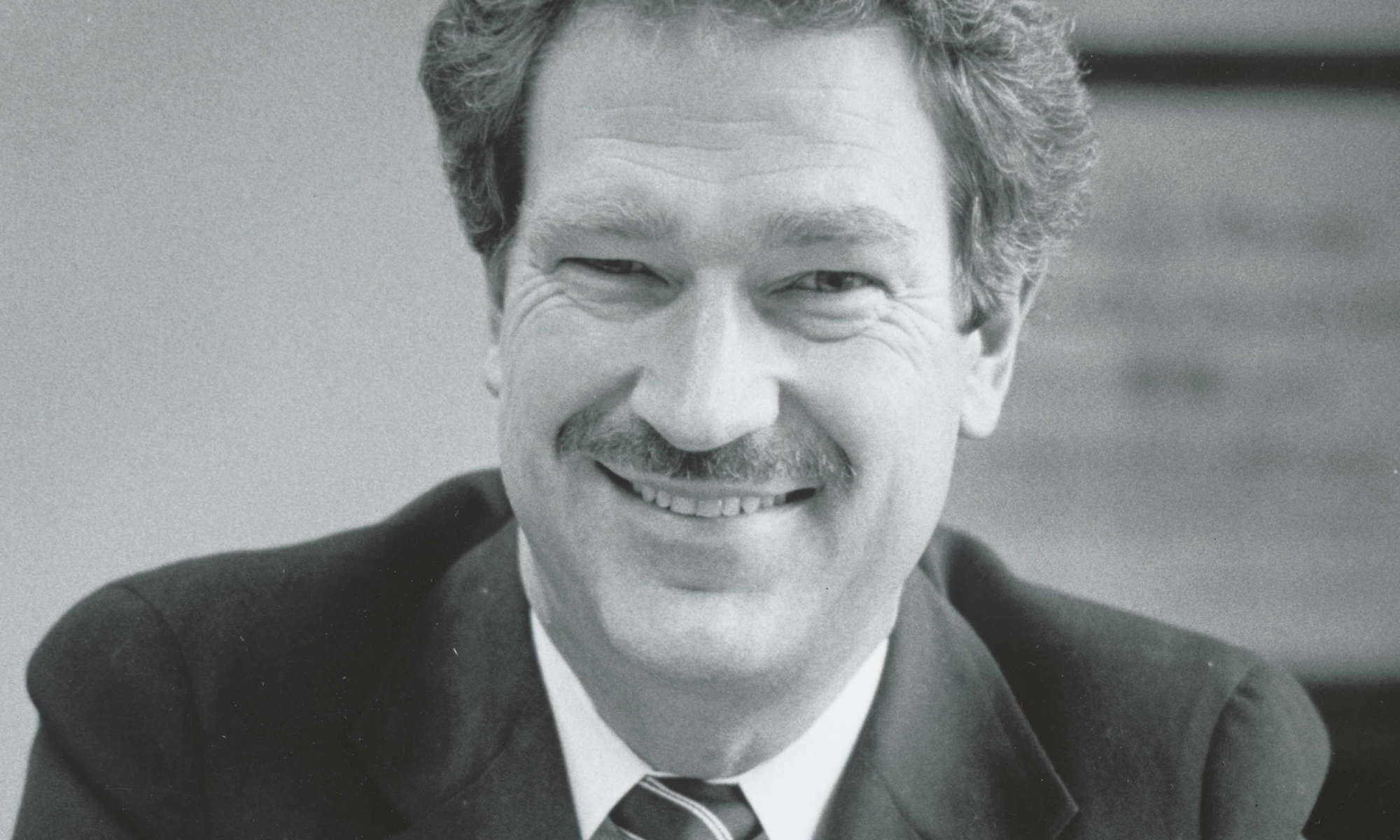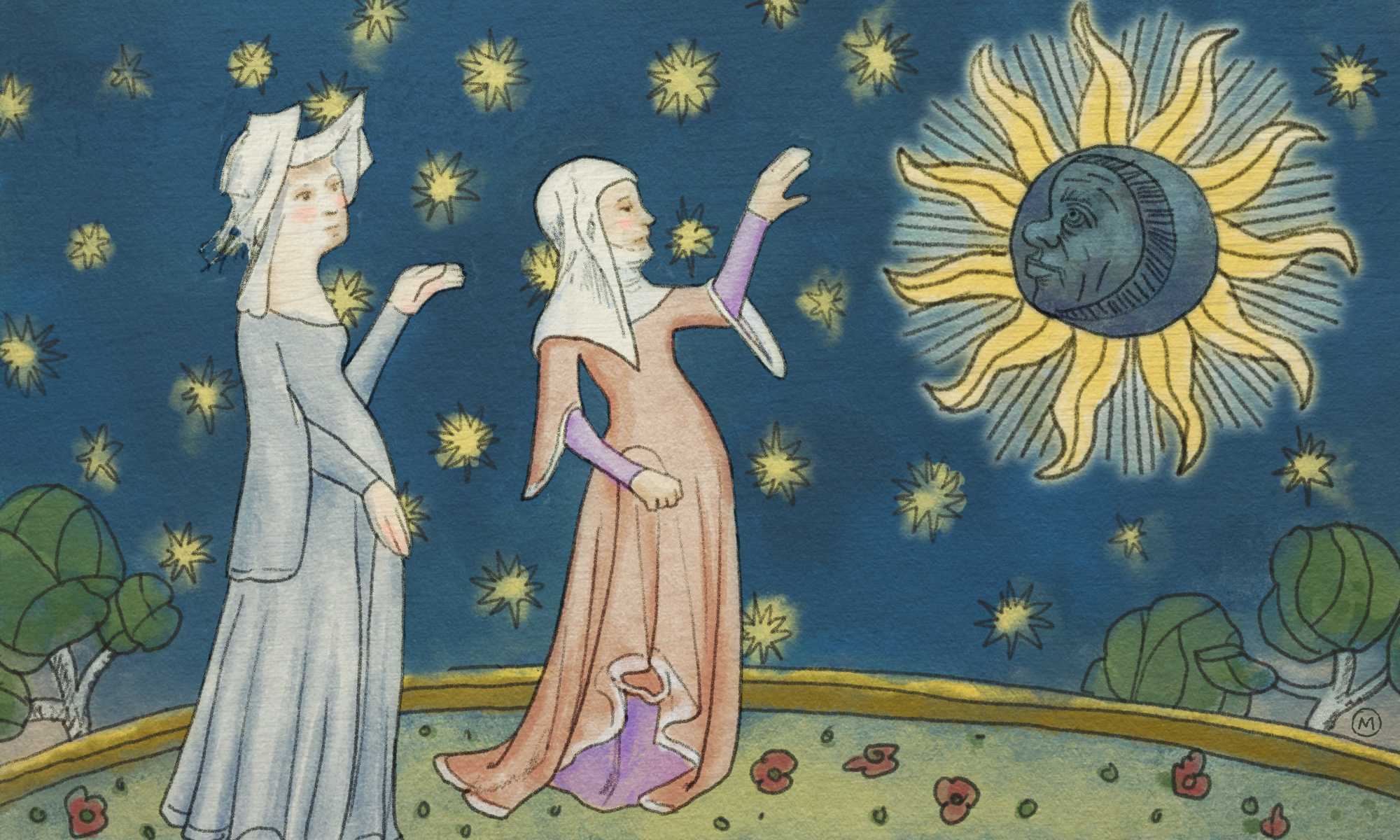
Imagine that one day each week, businesses, government offices — indeed, everything but the schools — are closed in the town of Brighton, NY.
All townspeople are required to gather at the local Twelve Corners gazebo to hear and debate evidence presented against their fellow citizens in a grassroots court where there are no lawyers, only a locally chosen judge whose rulings are based not on statutory law but customary law.
This is how Rwanda has attempted to address — and rebuild from — the massive genocide that began in that country in 1994, when the Hutu-controlled government launched a wave of bloody attacks primarily against the minority Tutsi population.
“When Rwanda put the gacaca courts in place, everybody wanted it to be the right answer,” said Kristin Doughty, assistant professor of anthropology. Her first book, Remediation in Rwanda, was recently published by the University of Pennsylvania Press. “This was nationally controlled and culturally relevant. It looked like a textbook perfect solution.”
It wasn’t, for a variety of reasons. For example, the jurisdiction of these courts extended only to genocide cases that had occurred by the end of 1994 — before the Rwandan Patriotic Front, the military arm of the Tutsi minority, gained the upper hand and allegedly launched its own reprisals after taking control of the country. In many instances, they released perpetrators of genocide or related offenses to resume living side by side with the families they had victimized, purely on the basis of a confession and time already served.
“That’s the complexity of Rwanda,” says Doughty, one of Humanities Center’s first resident fellows, a program supported by Jay Last ’51.
After spending 18 months in Rwanda, attending the courts and interviewing those who participated in them, Doughty found that, for all their flaws, these grassroots forums have served a valuable purpose.
Precisely because they are so “localized and deep-rooted, and conducted in the landscape where the violence occurred,” Doughty argues, “they were relevant to people; people were using them to their advantage.” As a result, the three legal forums she examined — the gacaca (genocide) courts, similarly structured mediation committees for ordinary offenses, and a university legal aid clinic — “were spaces where it was possible to see, as if through a window, how complicated it is to work through the details of living in the aftermath of genocide.”
Who killed who is not the only question that needs answers in genocide’s aftermath
While attending sessions of the grassroots courts Rwanda put in place to address the genocide that occurred there, Doughty was often struck by how often discussions centered as much on the return of a stolen goat or cow, as meting out punishment for a killing.
“In conditions of great economic scarcity, these discussions were indexes of people’s needs for livelihood,” said Doughty.
As a result, one the key arguments she makes in her book is that “paying attention only to (the specific crime of) genocide obscures clarity about the kinds of things people are really thinking about, and what it really means to recover from genocide.”
A major purpose of Rwanda’s 11,000 gacaca courts and the similarly structured mediation committees for lesser offenses, Doughty said, was “reconciliatory justice” – emptying the prisons, not filling them, so that the country could get on with rebuilding. Within a few years, the gacaca courts handled one million cases.
The discussions in the gacaca courts often involved “broader questions of obligation, that were really about people working out repayment of both moral caring and economics amongst neighbors who knew each other before and were going to have to again live side by side. The courts created a space for people to work through this messy process of rebuilding relationships, in a way that hadn’t been talked about before publicly,” Doughty said.
The genocide that occurred in Rwanda resulted in more than senseless killings; for example, the waves of initial Hutu-instigated crimes, followed by Tutsi reprisals, caused entire populations to relocate in and out of the countryside. Combined with the destruction of official records, this resulted in multiple cases of contested land ownership and inheritance rights, Doughty noted.
Therein lies another valuable lesson for nations dealing with the aftermath of genocide, she argues: Much as courts try to neatly define a crime like genocide, and draw careful boundaries of jurisdiction among different types of courts, “peoples’ lives are not like that in the wake of genocide.”
“In a court’s view, a land dispute has nothing to do with genocide, but for a person who has live through genocide, they are 100 percent bound up with each other.”



